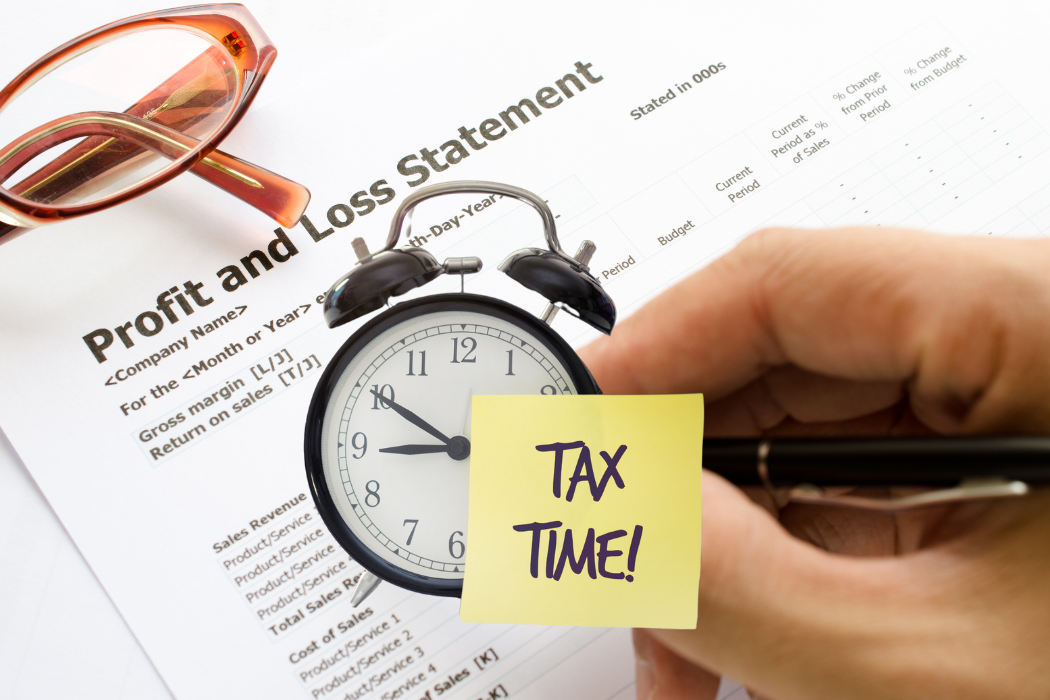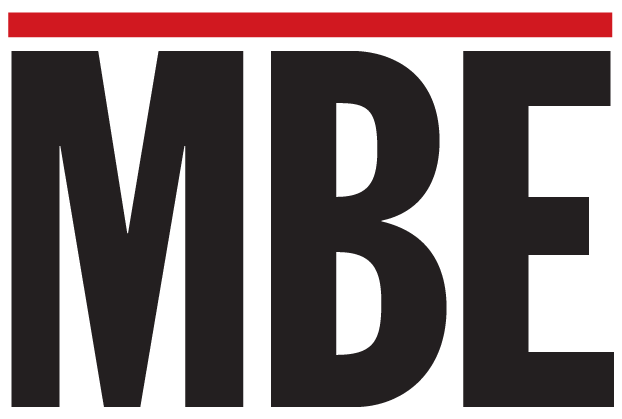
BCH’s AMEN Corner – Affluent Minority Entrepreneur News
As a small business owner, managing your taxes efficiently can have a significant impact on your bottom line. Navigating the complexities of tax regulations and taking advantage of available deductions, credits, and planning strategies can help reduce your tax burden, allowing you to reinvest more into your business. With tax season approaching, it’s important to focus on smart ways to maximize your tax savings while staying compliant with the law.
We’ll explore key strategies that small business owners can use to optimize their taxes, from identifying valuable deductions to planning for future growth.
1. Take Advantage of Deductions
One of the most effective ways to reduce your taxable income is by maximizing deductions. Many small business owners miss out on valuable deductions simply because they’re unaware of them. Here are some common deductions you should be aware of:
- Home Office Deduction: If you work from home, you can deduct a portion of your rent or mortgage, utilities, and other home-related expenses based on the percentage of your home used exclusively for business. The simplified option allows you to deduct $5 per square foot, up to a maximum of 300 square feet.
- Business Equipment and Supplies: Expenses related to purchasing office supplies, computers, software, and other business-related equipment can be fully deducted. Additionally, Section 179 allows you to deduct the full cost of certain equipment in the year of purchase, rather than depreciating it over several years.
- Vehicle Expenses: If you use your vehicle for business purposes, you can deduct vehicle-related expenses, such as gas, maintenance, and insurance. You can either use the actual expenses method or the IRS standard mileage rate, which was 67.0 cents per mile in 2024.
- Marketing and Advertising Costs: Expenses related to promoting your business, such as website development, social media advertising, print materials, and online ads, are fully deductible.
- Employee Salaries and Benefits: Wages, salaries, and employee benefits like health insurance and retirement plan contributions are deductible. If you’re a sole proprietor or single-member LLC, you can also deduct your own health insurance premiums.
2. Utilize Tax Credits
Tax credits can be even more valuable than deductions, as they directly reduce the amount of tax you owe. Several credits are available for small business owners, and it’s worth exploring which ones apply to your business. Some notable tax credits include:
- Research and Development (R&D) Tax Credit: If your business invests in developing new products, processes, or software, you may be eligible for the R&D tax credit. This credit can offset your federal income tax and, in some cases, your payroll tax liabilities.
- Work Opportunity Tax Credit (WOTC): The WOTC encourages businesses to hire individuals from certain target groups, including veterans, ex-felons, and individuals who have been unemployed for long periods. This credit can reduce your tax liability by up to $2,400 per eligible employee.
- Disabled Access Credit: If your business made improvements to make your facility more accessible to people with disabilities, you may qualify for a credit of up to $5,000 for those expenses.
- Retirement Plan Startup Credit: If you establish a new retirement plan for your employees, such as a 401(k) or SEP IRA, you may be eligible for a tax credit of up to $5,000 to offset the cost of setting up and administering the plan. Your employees will be very thankful!
3. Plan for Estimated Taxes
One of the biggest challenges small business owners face is managing cash flow, particularly when it comes to paying taxes. Unlike employees who have taxes automatically withheld from their paychecks, small business owners are responsible for making estimated tax payments throughout the year.
To avoid penalties, it’s important to estimate your tax liability accurately and make quarterly payments to the IRS. You can use IRS Form 1040-ES to calculate your estimated tax payments based on your income, deductions, and tax credits. Setting aside a portion of your revenue each month to cover your tax obligations can help you avoid a large tax bill at the end of the year. This strategy avoids year end surprises, especially if you had a banner year in sales.
4. Consider Retirement Plan Contributions
Setting up a retirement plan for yourself and your employees not only helps you save for the future but can also provide substantial tax benefits. Contributions to retirement plans like a Simplified Employee Pension (SEP) IRA, SIMPLE IRA, or a 401(k) plan are generally tax-deductible.
For example, if you’re a sole proprietor, you can contribute up to 25 percent of your net self-employment income (with a maximum of $69,000 in 2024) to a SEP IRA, which can significantly reduce your taxable income. Offering retirement plans also makes your business more attractive to potential employees, as it shows a commitment to their financial well-being.
Generally, you have until April 15 to make contributions for 2024.
5. Defer Income and Accelerate Expenses
Another tax strategy to consider is deferring income and accelerating expenses, especially if you expect to be in the same or a lower tax bracket in the following year. By postponing the recognition of income (e.g., delaying customer billing until the next tax year) and paying expenses in advance (e.g., prepaying rent, insurance, or marketing costs), you can reduce your taxable income for the current year and potentially save on taxes.
However, it’s essential to consult with a tax professional before using this strategy to ensure that it aligns with your overall financial goals and doesn’t negatively impact your cash flow.
6. Work with a Tax Professional
Tax regulations are constantly changing, and the complexity of tax laws can make it challenging for small business owners to navigate on their own. Working with a certified public accountant (CPA) or tax advisor can help you identify additional tax-saving opportunities that you may not be aware of. A tax professional can also ensure that you’re taking advantage of all available deductions and credits while staying compliant with tax laws.
Additionally, a tax advisor can assist you in structuring your business in the most tax-efficient way, whether you’re a sole proprietor, partnership, S-corporation, or LLC.
Choosing the right one is extremely important. How do you vet a prospective CPA?
Define Your Needs
- Do you need tax preparation, bookkeeping, payroll, financial planning, or audits?
- Are you looking for industry-specific experience (e.g., financial literacy and wellness industry)?
Verify Credentials
- Ensure they are a Certified Public Accountant (CPA) by checking with the state board of accountancy.
- Look for additional credentials like Certified Tax Coach (CTC), Certified Management Accountant (CMA), or Chartered Financial Analyst (CFA) if relevant.
Check Experience & Specialization
- Ask how many small businesses they work with and in what industries.
- Ensure they have experience with business tax deductions, compliance, and IRS dealings.
- Find out if they are familiar with your accounting software (e.g., QuickBooks, Xero, NetSuite, etc.).
Look for Reviews & References
- Check Google reviews, Yelp, LinkedIn, and industry directories like the AICPA (American Institute of CPAs).
- Request references from past or current small business clients and ask about their reliability, response time, and problem-solving skills.
Evaluate Communication & Availability
- Determine if they are proactive or reactive in financial planning and advice.
- Ask about their response time for questions and urgent matters.
- Clarify if they work solo or as part of a firm (important for scalability as your business grows).
Discuss Pricing & Fees
- Ask about pricing structure—hourly, monthly retainer, or per-service fee.
- Ensure there are no hidden costs for consultations, filings, or corrections.
- Compare costs with other CPAs to gauge market rates.
Assess Their Technology & Security Practices
- Do they use secure cloud-based accounting platforms?
- How do they handle data privacy and cybersecurity?
Ask About IRS Representation
- If audited, will they represent you before the IRS?
- Do they have experience handling IRS disputes, tax resolution, or penalty negotiations?
Conclusion
Maximizing your tax savings is not only about reducing the amount you owe to the IRS—it’s about reinvesting those savings back into your business to fuel growth. By taking advantage of deductions, utilizing tax credits, planning for future tax obligations, and seeking expert advice, you can ensure that your business remains financially healthy and tax-efficient. Don’t leave anything on the table… a dollar saved is a dollar earned!













